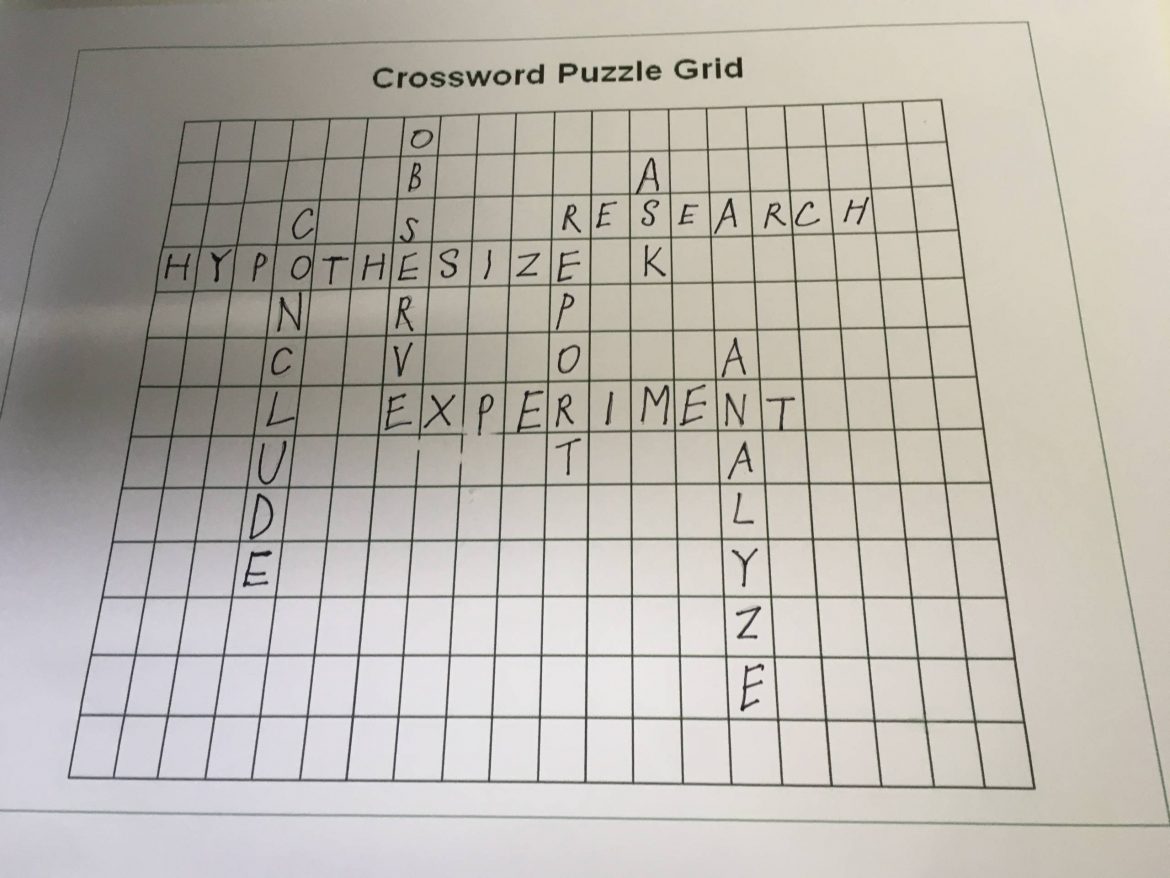How do we conduct a research, or make a science fair project? Well, other than the methods in Part 1 and Part 2, we need the scientific method, which is a common way to acquire knowledge.
Observe, Ask, and Research!
First of all, the scientific method is all about answering a question. So, if you’re doing a project and you’re stuck, ask right there. You have to set your question there to fit the missing knowledge. For instance, if you’re making a model airplane that can fly, you’ll probably ask how to build a hydraulic system, right? In reality, inspecting a real plane might help since you get observations.
Before you hypothesize, you need to do some background research first. You need some information to have a decision, right? For example, take a look at some webpages about Hydraulic Systems to get some basic knowledge. If you’re writing a paper, remember to write a bibliography too!
Hypothesize!
Then, use the information you have to construct a hypothesis. You can use ‘if’ to hypothesize. For example, ‘if plants are under darkness, it will grow taller’. You can also have other formats, such as ‘we must build the hydraulic system with this instruction or systems may fail.’ Moreover, we can build a hypothesis with relationships of constants or difference levels.
Test your hypothesis!
Before you can conclude, it’s essential to test your hypothesis. If you need to test the hypothesis about plants in darkness, simply grow a plant. Also, if you need to see if the combination works, just build the model and look for success.
But, a fair test isn’t that simple. We only need specialized variables changed, and we need to keep others the same as before in order to avoid other variables affecting the results.
Because errors always appear, one experiment isn’t going to be enough. Therefore, you need as many tests as possible, and record your data to find out abnormalities.
Analyze Your Data and Conclude!
After a series of experiments, we need to analyze the data to find out any patterns in order to conclude. For instance, if the data shows ‘1, 2, 4, 8’, you should say that it’s doubled when each data point is added.
So, we can conclude, meaning that we accept or reject the hypothesis. We can also write a paper to show your findings on each experiment. Also, if the hypothesis is rejected and needs to be correct at last, start again with the hypothesis. Remember not to miss any details as they are useful!

